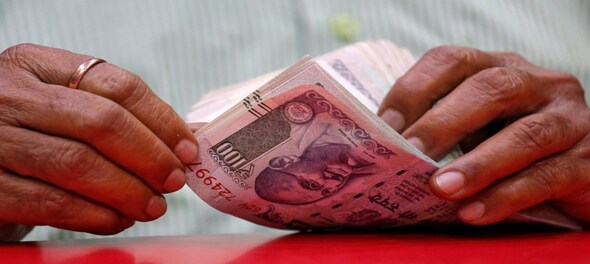
The government on Tuesday slashed interest rates on small savings schemes by 70 to 140 basis points (bps) for the April-June quarter of the financial year 2020-21. While the reductions in rates have been slammed by many, experts say at current situation it is in line with the market rates.
The development comes at a time when the country is combating the coronavirus pandemic.
In February, DEA Secretary Atanu Chakraborty had hinted a revision of popular small savings schemes. He had said this may lead to speedier transmission of the monetary policy rate.
Let’s understand what may have triggered the lowering of small savings rates and how it can help in monetary transmission:
In view of the languishing economy on account of the deadly coronavirus, the RBI last week gave a big-bang repo rate cut of 75 basis points. Following the RBI’s announcement, many banks announced reduction in lending rates.
It means that banks can borrow money from the apex bank at a much lower rate with this cut. It is assumed that commercial banks usually pass benefits of reduced repo rate to customers by reducing interest rates on loans they offer.
This means customer have to pay a lesser EMI, effectively bringing down overall cost of loans.
Banks, however, say in order to pass on the entire benefits of RBI’s rate cut, they are also required to lower rates on small savings. The low interest rates on saving schemes mean low returns for investors, but may benefit the lenders.
High-interest rates, on the other hand, make it difficult for banks to cut their own rates on instruments such as fixed deposits. Since banks continue to pay high interest to savers, they are effectively not able to lower their lending rates as well. Bankers have been complaining that high rates on small savings schemes prohibit them from cutting deposit rates.
A narrowing gap between small savings and bank deposits implies that banks now have more flexibility to adjust their base rates.
According to a PTI report, there was a difference of nearly 100 basis points between deposit rate of banks and small savings rate for one-year maturity as per the last quarter that ended on Tuesday.
In its February Bi-monthly Monetary Policy Statement, RBI had also noted that while there is a need for adjustment in interest rates on small saving schemes, the external benchmark system introduced from October 1, 2019 has strengthened monetary transmission.
During the last quarter, the government refrained from cutting interest rates on small savings schemes such as Public Provident Fund (PPF) and National Savings Certificate (NSC), despite moderating bank deposit rates.
(With inputs from PTI)
First Published: Apr 1, 2020 8:08 PM IST
Check out our in-depth Market Coverage, Business News & get real-time Stock Market Updates on CNBC-TV18. Also, Watch our channels CNBC-TV18, CNBC Awaaz and CNBC Bajar Live on-the-go!


'Borrowed' leaders: Congress hits out at AAP for not fielding their own candidates in Punjab
Apr 28, 2024 9:53 PM
EC asks AAP to modify election campaign song and Kejriwal's party is miffed
Apr 28, 2024 9:25 PM

